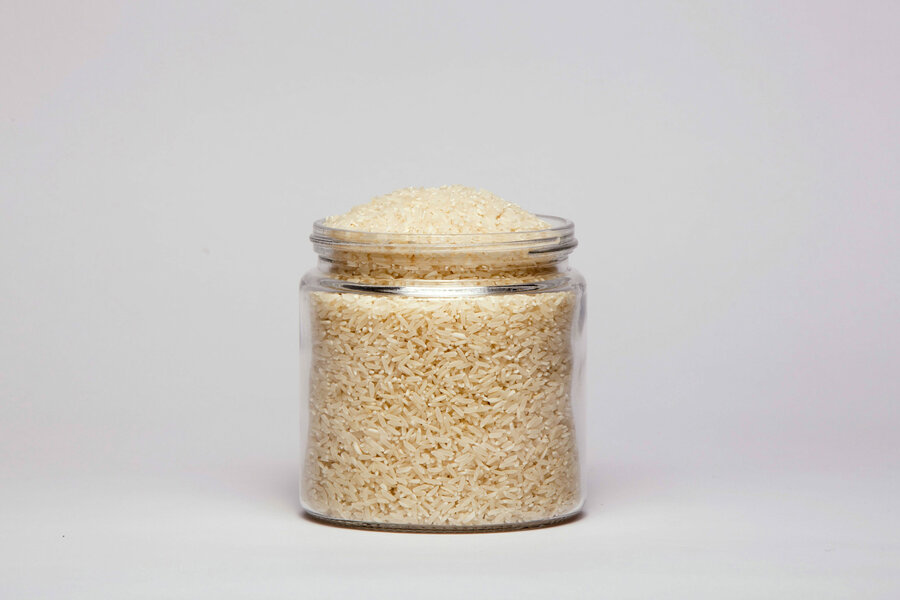Why is this Passover different from all other Passovers?
Loading...
A little-noticed ruling last December has meant a big change as Jews gather on Friday to begin the first night of Passover.
During the the ancient holiday, which commemorates God's delivering the Israelites out of slavery in Egypt, Jews forgo the eating of leavened bread, or chametz, to mark the flight of the Israelites, who were forced to leave before their baking bread could rise.
For Ashkenazi Jews, who have their roots in Europe, the tradition of eating unleavened bread also involved a 13th century ban on legumes, rice, seeds, and corn, known as kitniyot.
But in December, the Committee on Jewish Law and Standards, the legal body of Conservative Judaism, voted on a resolution to allow the eating of kitniyot during Passover, meaning products such as corn, rice, beans, and hummus are back on the table.
Many Jews welcomed the move, saying it meant a nod to greatly changing standards, including many people who eat vegan and gluten-free diets.
"This is a great decision," Beth Kopin, a congregant from Highland Park's North Suburban Synagogue Beth El, told the Chicago Tribune. "It should've happened a while ago. Corn chips! Green beans! Rice, popcorn and sushi! We couldn't have that before. In Israel, they eat that way, all blended. It's good."
In its ruling, the group cited changing standards, including that Sephardic Jews – who have their roots in the Mediterranean – eat kitniyot on Passover in Israel.
"They also noted that the motivation of centuries ago – that since some kitniyot could be used to make flour, Jews might get them confused – doesn't really make sense today since food is clearly marked when it is stored and sold," the Washington Post's Michelle Boorstein writes.
The ban also expanded to include many foods that aren't actually legumes, including many seeds, corn, rice, green beans, lentils, chickpeas, and products that derive from them, such as corn syrup and vegetable oil, the New Yorker's Avi Steinberg notes:
With some exceptions, Jews from Spain, North Africa, and the Middle East never bought into the Legume Ban. Their reasoning is simple: prohibiting these foods is wildly beside the point – an extreme measure enacted to protect an already extreme grain ban, it deviates far from the original intent of the Passover laws, creates needless problems, and leaves people with little to eat during what is supposed to be a feast of freedom.
But while many hail the ruling as greatly expanding their culinary options beyond a staid, grain-less diet – and possibly making celebrating Passover less expensive – some have noted that upending a longstanding tradition could be a mixed blessing.
"Given the massive disruption of European Jewry in the 20th century, some of us have no idea of our forebears' practices and can only imagine what was served at their Seders, if there were Seders at all," wrote Jane Eisner, editor of The Forward, a leading Jewish newspaper in the United States. "As distinctive practices in Judaism diminish, I wonder what will be left behind or forever lost in the homogenizing process."
Passover has also become more of a "high" holiday after a leading Haredi rabbi – a strand of Orthodox Judaism – declared medical marijuana to be kosher for Passover, reversing earlier decisions that the plant was kitniyot, Israel's Haaretz newspaper reports.
The ruling has even divided families, the Tribune notes, with some households preparing kitniyot dishes for those who want them while preserving other options.
"It was interesting to hear about," Fran Shapiro, who said that all the arguments made sense to her, told the Tribune. "But family tradition is very powerful. It's not going to change things for me. What I do makes me feel connected to my parents and grandparents."







